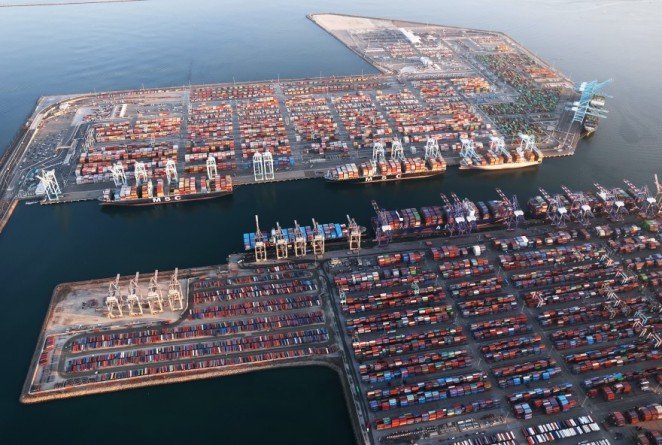California is eyeing a US$2.3 billion investment for its ports — including supply chain infrastructure and sustainability-related efforts.
The state's governor, Galvin Newsom, unveiled the plan in his 2022-2023 state budget proposal, known as "The California Blueprint."
Newsom noted that although measures have been put in place to ease recent congestion issues in North America's busiest cargo ports, located in California, more investments are necessary to alleviate the issue altogether.
"Our supply chain challenges require both near-term and long-term solutions. I applaud Gov. Newsom for meeting the moment with bold leadership," said Port of Los Angeles Executive Director Gene Seroka. "The Governor's budget allocates US$2.3 billion for ports to address bottlenecks in our supply chain, advance our efforts to decarbonize the freight system, and ensure a robust and resilient workforce continues to move goods on behalf of the state and nation."
Seroka noted that these funds will help accelerate delivery of "critically needed" projects like a first-of-its-kind goods movement workforce training campus, cargo support facilities, digitalization enhancements, and zero-emission equipment and charging infrastructure.
The Port of Los Angeles and Long Beach faced congestion issues last year with containerships queueing for weeks to enter the ports.
In a statement, Port of Los Angeles said Gov. Newsom's plan for the port investment include US$1.2 billion for port-related projects that increase goods movement capacity on rail and roadways serving ports and at port terminals, including rail yard expansions, new bridges, and zero-emission modernization projects, and US$875 million for zero-emission port equipment.
Another US$110 million has also been earmarked for worker training, US$40 million for commercial drivers licenses, and US$30 million for operational and process improvements.
"This could include enhancing the movement of goods and improving data interconnectivity between the ports to enable efficient cargo movement, reduce congestion, and create opportunities to increase cargo volume by promoting and building supply chain efficiency," the port added.



